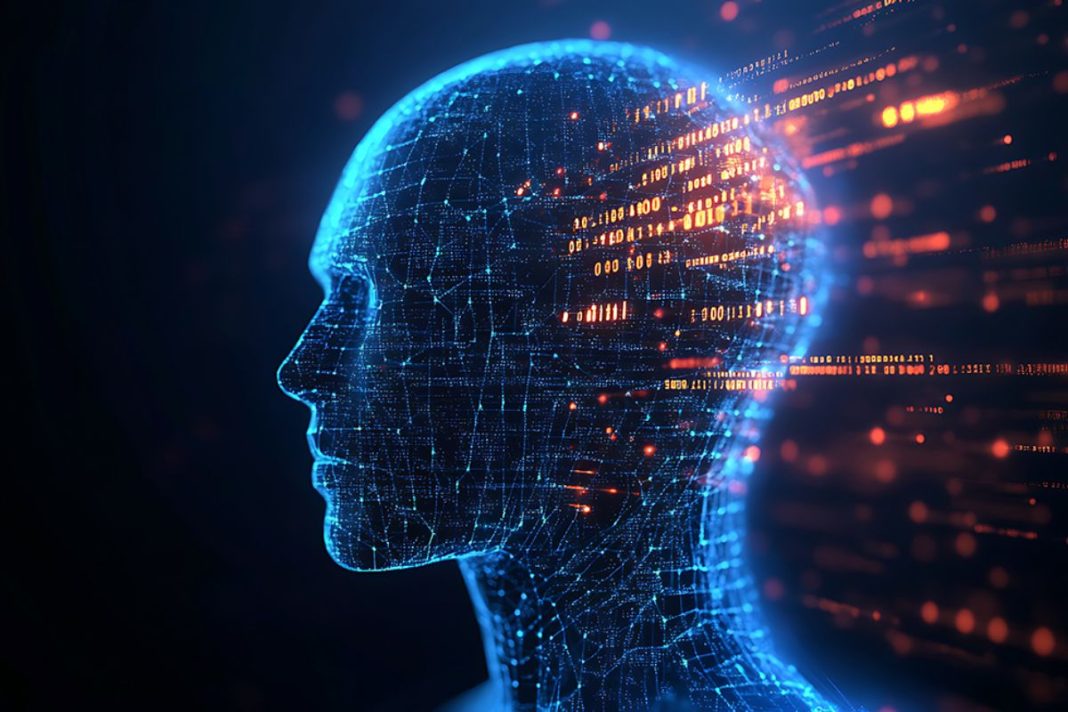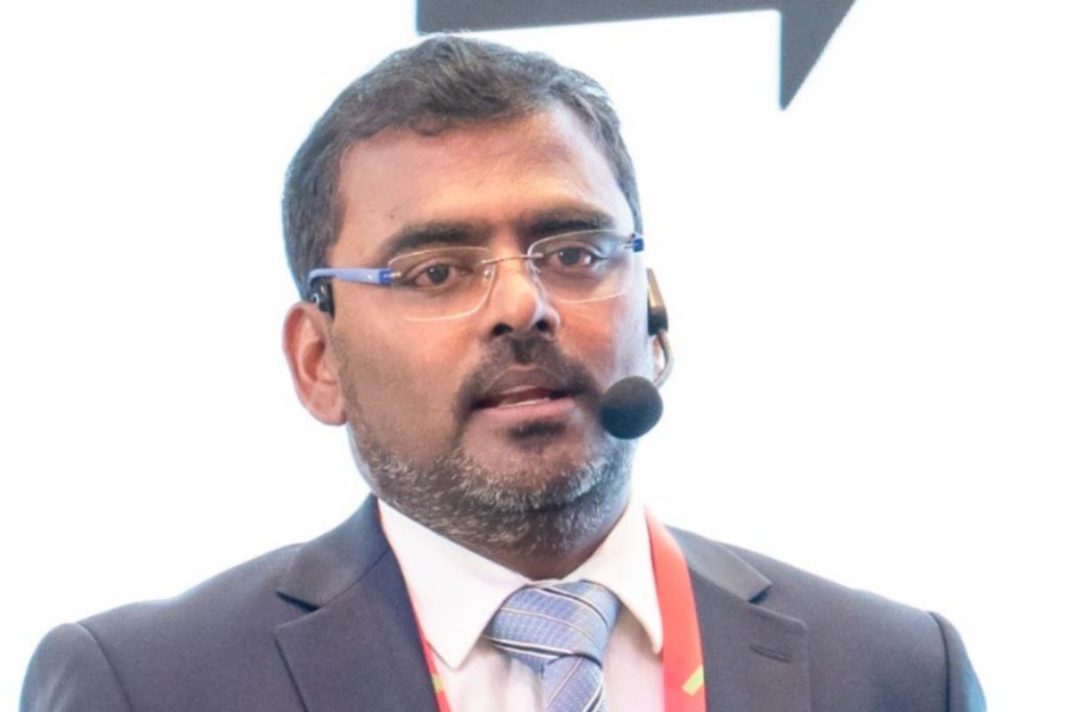Unplanned maintenance now accounts for 60% of total mine maintenance spending. Innovative solutions – specifically deploying the right Generative AI (GenAI) tools – can bring down those costs.
When mines deploy predictive maintenance systems, they tend to do so in isolation and rely on static thresholds. This lack of integration limits visibility and prevents coordinated responses, which erodes productivity and efficiency.
According to recent research by Boston Consulting Group (BCG), the right GenAI tools can transform predictive capabilities and cut costs by 10%. That’s because, unlike traditional, fixed schedule methods based on legacy telemetry data, GenAI solutions can synthesise structured and unstructured data to perform smart diagnostics, support real-time parts ordering, or augment in-field support.
The differentiator is GenAI’s ability to interpret patterns and contextualise valuable outputs from vast datasets. An orchestration layer powered by the right technology can process information from every sensor feed and every set of technician notes seamlessly, and across sites
Using this approach, we have seen mining companies increase fleet availability by 15% within six months, improve technician job effectiveness and optimise technician job durations by up to 20%.
GenAI addresses key problem areas
Even the most advanced diagnostics fall short if parts are not available. Delays in remote sites can halt production, but excess stock will tie up working capital. Our work with mining companies often reveals costly instances of reactive ordering, low inventory turnover, and weak integration between planning and procurement. GenAI addresses this by connecting asset health forecasts with real-time inventory, supplier lead times, and planned maintenance windows. Value is derived from ensuring optimal inventory of the right parts, purchased at the right time and price, to support planned and unplanned maintenance.
Field technicians are on the front lines when it comes to maintenance but are often underserved. They face complex repair issues, incomplete documentation, and inconsistent knowledge sharing – especially in multi-site operations. At BCG Platinion, our specialists have designed a conversational GenAI agent specifically for field technicians, capable of translating complex fault codes into actionable steps, leveraging historical data, and identifying relevant OEM guidance, effectively providing synthesised, asset-specific support on fault identification and resolution
GenAI can help tackle the talent challenge in the mining space by embedding learning into operations, providing junior team members with guidance while saving experts time to focus on high-value work. These applications of GenAI also reduce human error and operational risk significantly by providing step-by-step guidance, flagging safety concerns, and addressing problematic conditions before they escalate. The result is more consistent field decisions and a more agile, confident and safe workforce.
Getting started
Taking the GenAI jump does not require digitally advanced operations, the key is just getting started. On the journey towards the autonomous maintenance ecosystems of the future, this is a crucial step.
Perfect data foundations and digitally advanced operations are not required to begin reaping the rewards of GenAI integration. Even mines with low digital maturity using a tier-one Enterprise Asset Management (EAM) system can adopt modular, pragmatic GenAI solutions that quickly demonstrate their value.
However, two fundamental elements need to be in place. The first is organisational readiness: aligned leadership and visible support from the top; building trust and localised change-management; a digital enablement culture that promotes usability; incentives for adoption linked to KPIs. The second is certain technical foundations: cloud connection; network infrastructure; lightweight event bus or middleware for monitoring and alerts across platforms; about 12-24 months of maintenance data; security and access control.
Performance gains are enhanced when integration has been carried out end-to-end. At BCG and BCG Platinion, we have successfully integrated GenAI platforms with ERP (Enterprise Resource Planning), EAM, and OT (Operational Technology) systems for major mining organisations.
The future
GenAI in mining is not a distant aspiration. Modular, mine-ready solutions are already available that deliver operational impact in complex, remote, and resource-constrained environments. Mining company leaders looking to unlock value from GenAI in operations can start with intent, alignment, and a plan, rather than waiting for the perfect conditions.
Mining’s next frontier is autonomous co-ordination. GenAI is already improving diagnostics, inventory, and technician workflows, but agentic AI will go further by scheduling interventions, placing orders, and intuitively escalating issues at the right moments.
Puso Thahane is partner at Boston Consulting Group (BCG), while Akash Singh is principal IT architect.






